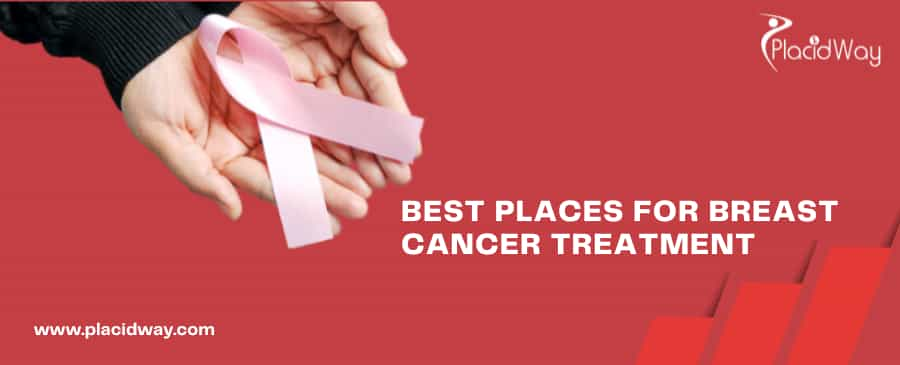
When faced with a breast cancer diagnosis, finding the right place for treatment becomes paramount in the journey toward recovery. The quest for the best care, the most advanced medical expertise, and a supportive environment can be a lifeline during these challenging times. In this comprehensive guide, we embark on a global journey to uncover the world's top destinations for breast cancer treatment.
Breast cancer affects countless lives each year, and the choice of where to seek care can have a profound impact on the patient's well-being and outcome. As we delve into the best places for breast cancer treatment across the globe, we'll shine a light on renowned institutions that offer cutting-edge medical technology, compassionate healthcare teams, and comprehensive support systems. Whether you or a loved one are navigating the path of breast cancer, this guide is your roadmap to making informed decisions and embarking on a journey toward hope, healing, and the best possible care.
3 Best Places for Breast Cancer Treatment in the World
Mexico, Turkey, and India are the best places for breast cancer treatment in the world, each have their unique advantages when it comes to breast cancer treatment. The choice ultimately depends on individual preferences, budget considerations, and specific medical needs. Consulting with healthcare professionals and conducting thorough research can help patients make informed decisions regarding their breast cancer treatment journey.
1. Mexico
.png)
Mexico has emerged as a prominent destination for breast cancer treatment, combining world-class medical facilities with more affordable healthcare options. Several hospitals and clinics in Mexico are renowned for their expertise in cancer care, including the treatment of breast cancer.
Advantages:
- Cost-Effective Care: Medical treatments in Mexico are often significantly more affordable than in many Western countries, making it an attractive option for patients seeking cost-effective solutions without compromising on quality.
- Experienced Specialists: Mexican healthcare institutions boast a cadre of experienced oncologists and medical staff who are well-versed in the latest advancements in breast cancer treatment.
- Proximity: For residents of North America, Mexico's proximity allows for convenient access to treatment without long-haul travel.
- Cutting-Edge Technology: Many Mexican hospitals are equipped with state-of-the-art medical technology, ensuring accurate diagnosis and effective treatment options.
Best Clinics for Breast Cancer Treatment in Mexico
2. Turkey
.png)
Turkey has established itself as a medical tourism hub, offering a unique blend of high-quality healthcare services and cultural richness. When it comes to breast cancer treatment, Turkey has some top-notch facilities and specialists to offer.
Advantages:
- Internationally Accredited Hospitals: Many Turkish hospitals have received international accreditation, ensuring the highest standards of care.
- Multilingual Staff: The healthcare staff in Turkey is often multilingual, making it easier for international patients to communicate their needs and concerns effectively.
- Comprehensive Care: Turkey provides comprehensive breast cancer treatment, from diagnosis to surgery, chemotherapy, radiation therapy, and post-treatment support.
- Cultural Experience: Patients can also enjoy the rich culture and history of Turkey, making their medical journey a more enriching and memorable experience.
Best Clinics for Breast Cancer Treatment in Turkey
3. India
.png)
India has gained recognition for its advanced medical facilities, world-class physicians, and innovative cancer treatments. The country offers a wide range of options for breast cancer patients, combining cutting-edge technology with personalized care.
Advantages:
- Internationally Renowned Hospitals: India is home to several renowned hospitals and cancer centers that have earned global recognition for their expertise in oncology.
- Cost-Effective Treatment: India is famous for its affordability in healthcare. Patients can often receive world-class treatment at a fraction of the cost compared to many Western countries.
- Medical Tourism Infrastructure: India has a well-developed medical tourism infrastructure, with services tailored to the needs of international patients, including travel coordination and accommodation.
- Advanced Treatments: India offers access to the latest advancements in breast cancer treatment, including targeted therapies, immunotherapy, and precision medicine.
Best Clinics for Breast Cancer Treatment in India
What is Breast Cancer?
Your body is made up of many types of cells. In normal course, cells grow, divide, and produce more cells to keep your body healthy. However, at times, this process may not function properly and cells may become abnormal, forming more cells, in an uncontrolled manner. These extra cells form a mass of tissue, called a growth or a ‘tumour’.
Tumours can be benign, which means non cancerous, or malignant, which means cancerous. Breast cancer occurs when a malignant tumour forms in the tissue of your breast. According to the site of origin of these cancerous cells, breast cancer is classified into various types. The most common types of breast cancer originate in either the breast’s milk ducts (ductal carcinoma) or lobules (lobular carcinoma). The point of origin is determined by the microscopic appearance of the cancer cells from a biopsy.
What are the Symptoms of Breast Cancer?
The most common symptom is a lump in the breast. However, there can be other physical changes in the appearance of the breast. Some of these are :
- Breast lump or breast mass – usually painless, firm to hard in consistency
- Lump or mass in the armpit
- A Change in the size or shape of the breast
- Abnormal nipple discharge
- Usually bloody or clear-to-yellow or green fluid
- May look like pus (purulent)
- Change in the colour or feel of the skin of your breast, nipple, or areola (area around the nipple)
Dimpled, puckered, or scaly - Retraction, “orange peel” appearance
- Redness
- Accentuated veins on breast surface
- Change in appearance or sensation of the nipple
- Pulled in (retraction), enlargement, or itching
- Breast pain, enlargement, or discomfort on one side only
If you have any of the symptoms mentioned above, your doctor will ask for a detailed medical history and you will have to undergo a physical examination. You will also be recommended tests such as a mammogram or other imaging tests, like Ultrasound or MRI.
How is Breast Cancer Diagnosed?
An early diagnosis is the best way to cure breast cancer. By learning the technique of breast self examination and by undergoing periodic mammographies (a kind of X-ray technique for the breast) you can detect a tumour in its earliest stage.
Routine Mammography
A mammogram is an X-ray of your breast. It is a safe and painless procedure that is able to detect cancers at a very early stage. After 30 years of age, a woman should undergo a routine mammogram once in every five years. After 40 years of age, a woman should get this test done annually. If a woman has a family history of breast cancer, she should start going in for routine mamographies even before the age of 40.
Imaging Tests
These are some of the imaging tests. Your doctor will recommend one or more, depending on her diagnosis.
- Mammogarm: As described above, it is an X-ray technique for detection of breast cancers. Some advanced techniques of mammography like optical mammography are more accurate and easier to perform.
- Breast ultrasound: This imaging is also called a Sonogram. It will also tell whether the lump is fluid-filled cyst (generally non cancerous) or is a solid tissue (tumour).
- Biopsy: A biopsy would be required to find out whether the tumour is benign or malignant. It will also help your doctor, identify the type of cancer cells. In biopsy, a sample of tissue will be taken from the breast lump. The process of tissue collection is a simple process and your doctor will use a needle for the same. The sample tissue will then be examined under a microscope to detect cancerous cells. If the biopsy confirms the presence of cancerous cells, some other tests will have to be done to find the extent of the cancer spread and also to help your doctor determine the further course of treatment. Your doctor might ask to get one or all of the following tests done.
- Chest X-ray: A chest X-ray will determine whether the breast cancer has spread to the lungs or not.
- Bone scan: This test will be prescribed only if you have pain in the bones or if there are changes in the blood tests or if the disease is in an advanced stage. Bone scan will provide information about the spread of the cancer to the bones.
- CT scan: Your doctor might ask you to get a CT scan of the abdomen or chest done to detect the spread of cancer to other organs.
- Blood tests: A series of these tests will be done to detect the presence of cancer, its spread and also to determine the future course of its treatment. Some of the blood tests which your doctor might suggest are:
- Complete blood count (CBC): Abnormal test results like anaemia, could suggest that the cancer has spread to the bone marrow. After chemotherapy, this test follows up the effect of the therapy on the blood-forming cells of the bone marrow.
- Blood chemical and enzyme tests: These tests will only be prescribed by your doctor, if she suspects that cancer has spread to the bone or liver.
How is Breast Cancer Treated?
Based on the reports and other findings, the doctor will assign a grade and a stage to the cancer. This classification will help her in selecting the right treatment option. She will select from the following course of treatments:
Surgery
- It is the most common treatment for breast cancer. From the below mentioned two options, the doctor will choose one. Her choice will depend on the stage and grade of cancer.
- Breast-conserving surgery (lumpectomy and radiotherapy)
- Mastectomy (removal of the entire breast).
- Lumpectomy will remove only the breast lump and a rim of normal surrounding breast tissue.
- Mastectomy will remove the entire breast, including the nipple.
Radiation Therapy
This therapy will follow the breast surgery to kill any remaining cancerous cells in the breast, chest wall, or lymph nodes. It is usually given five days a week, for six to seven weeks. Radiation is used in most cases of breast conserving therapy. It is also used sometimes after mastectomy.
Chemotherapy
In this form of treatment, cancer-fighting drugs will be given, either intravenously (injected into a vein) or orally. The drugs will be given in cycles with intervals of two or three weeks in between. These cycles, generally last for a total time of three to six months, depending on the drugs used by your doctor.
Hormone therapy
This treatment will be only suggested by your doctor if the cancer is hormone positive. Also, your doctor might recommend it in the following situations:
As an add-on therapy with or without chemotherapy to kill any remaining breast cancer cells after surgery
As the main therapy, if cancer is present even after the surgery or when cancer strikes back, months or years after surgery
WHAT ARE THE SIDE EFFECTS OF TREATMENT?
After surgery the skin in the breast area may be tight, and the muscles of the arm and shoulder may feel stiff. Your doctor, nurse, or physical therapist will recommend exercises to help regain movement and strength in the arm and shoulder. Radiation can cause changes in the appearance of the skin of the breast. Also there could be mild problems like dryness, pain and irritation. There will be certain side effects of chemotherapy like loss of appetite, nausea and vomiting, mouth sores, hair loss, and changes in menstrual cycle. It can also affect the blood producing cells of the bone marrow. But most of these side effects will be temporary and are usually manageable.
WHAT IS RECONSTRUCTIVE SURGERY?
Your doctor may suggest a reconstructive surgery to replace skin, breast tissue, and the nipple removed during mastectomy. This surgery will be done by a plastic surgeon. The objective of this surgery is to rebuild the appearance of the breast. It can be done at the same time when mastectomy is done (immediate breast reconstruction) or at a later date (delayed reconstruction). To create an artificial breast, surgeons will use saline-filled implants or tissue from other parts of your body.
PAIN MANAGEMENT
The management of pain is an integral part of cancer therapy. Medications are the cornerstone of cancer pain treatment, and their use is aimed at providing the greatest pain relief possible with the fewest number of side effects and the most ease of administration. Your doctor will prescribe a medication that ensures maximum pain relief. Sometimes the doctor might recommend some interventional procedures like surgery and/or injections.
FOLLOW UP CARE
In cancer treatment, follow up care is an essential element of the overall treatment plan. Regular checkups will be advised to detect any changes in the health as early as possible.



.png)
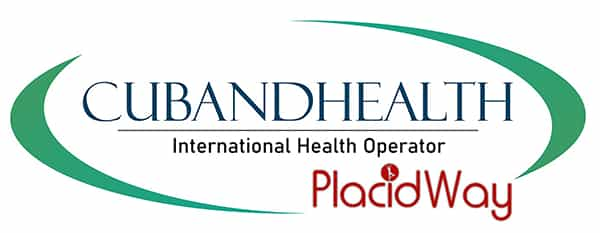




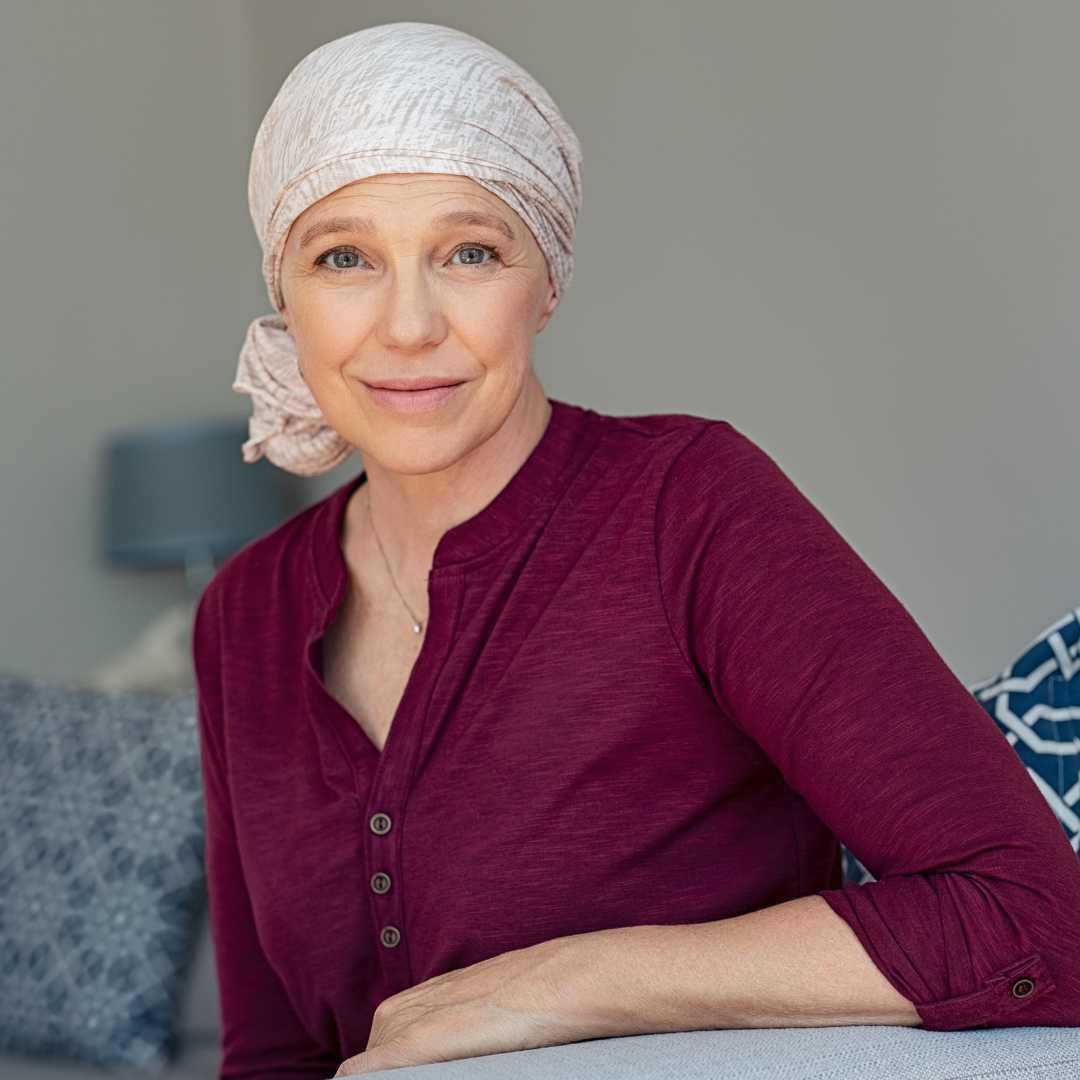

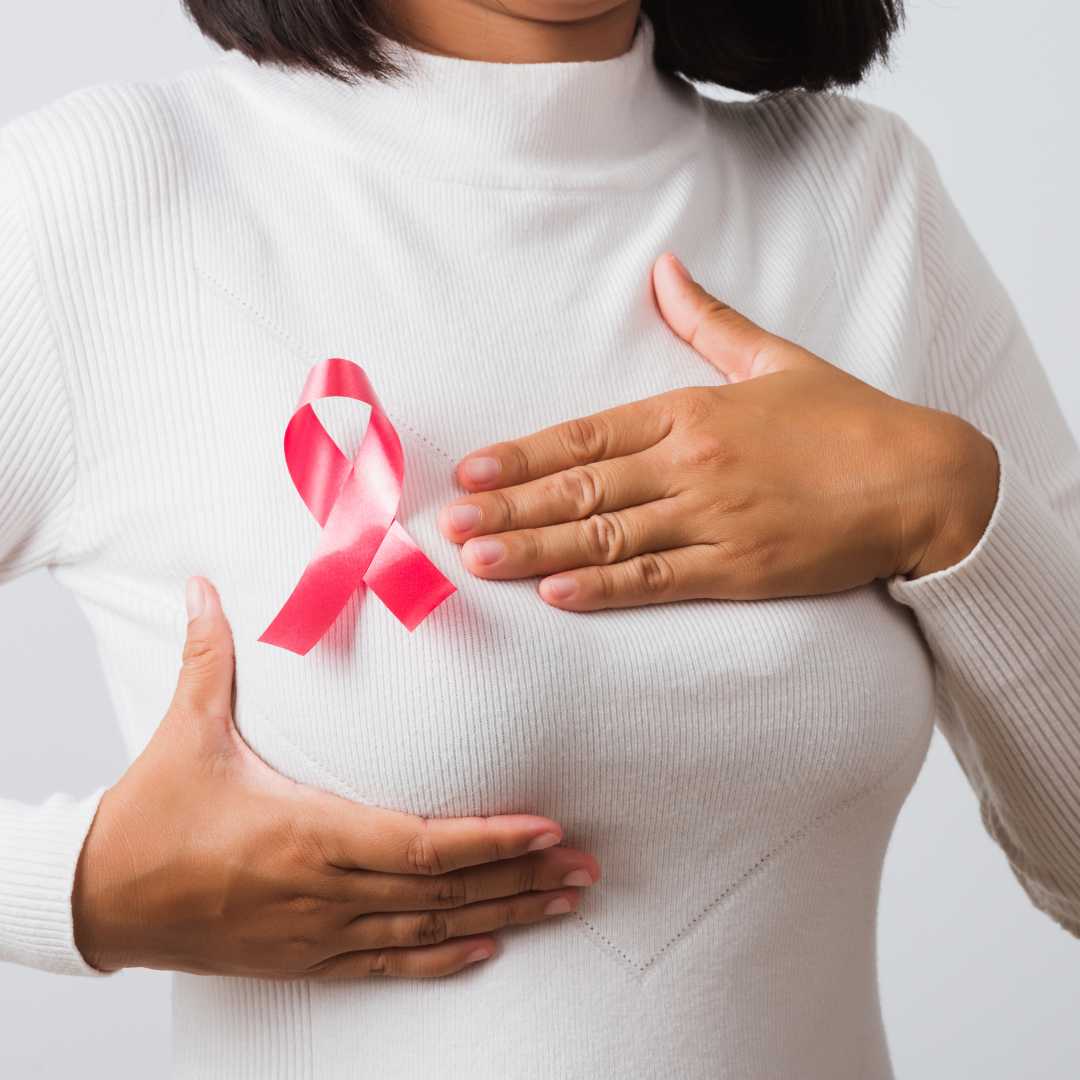
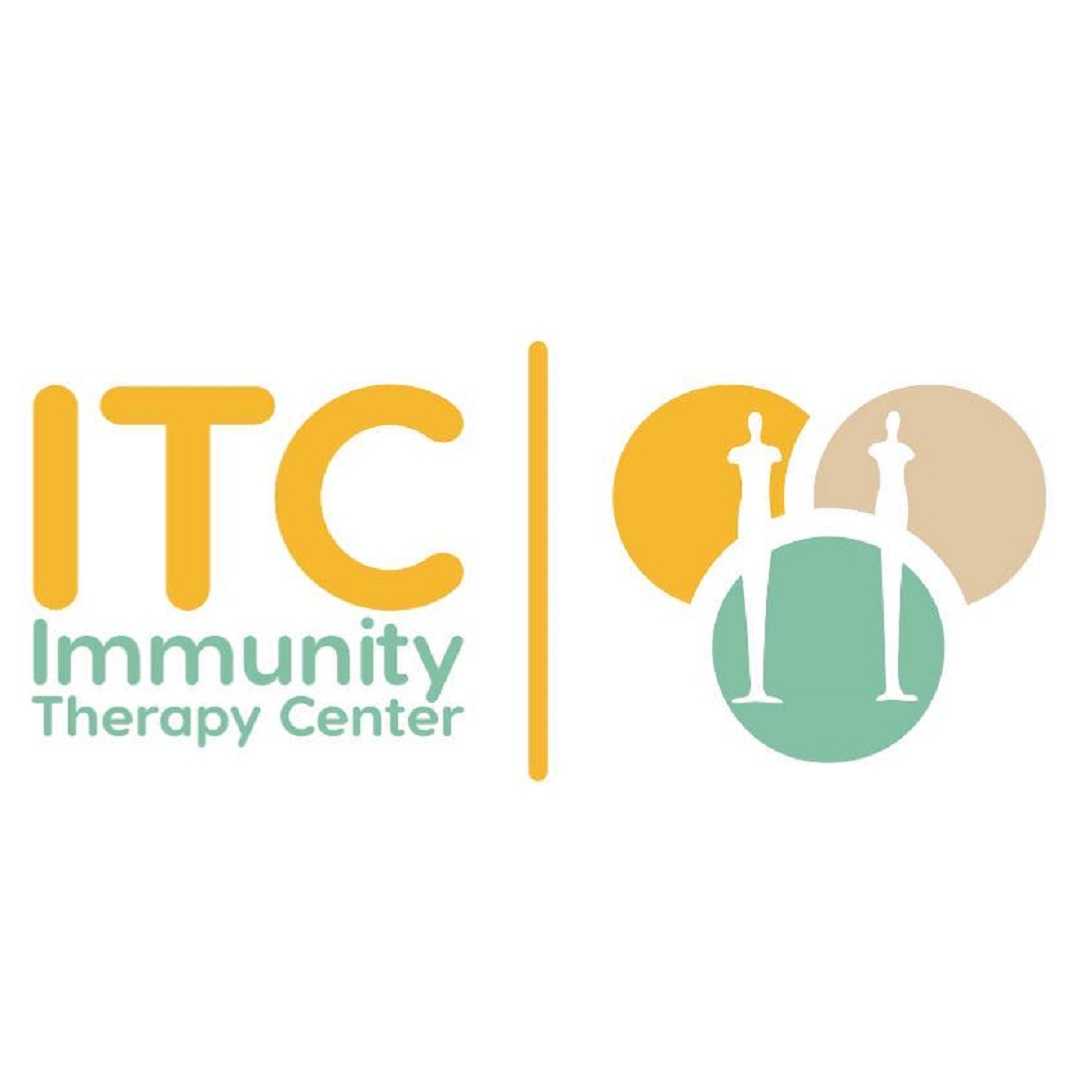

.png)
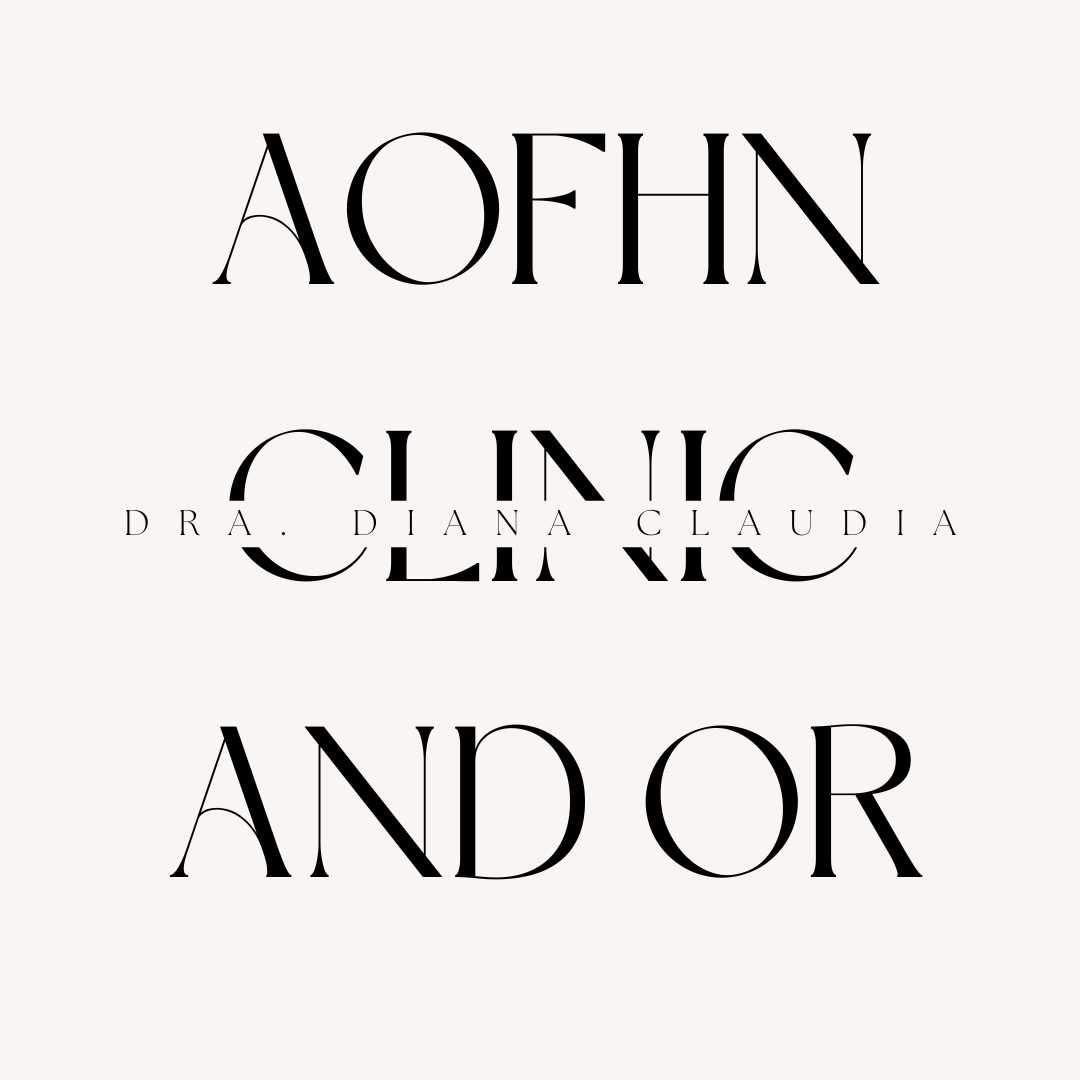
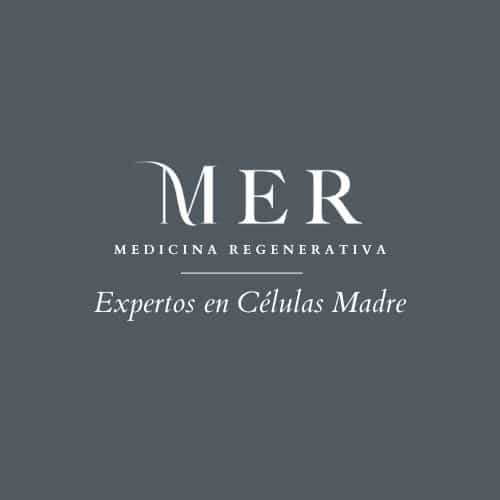

Share this listing